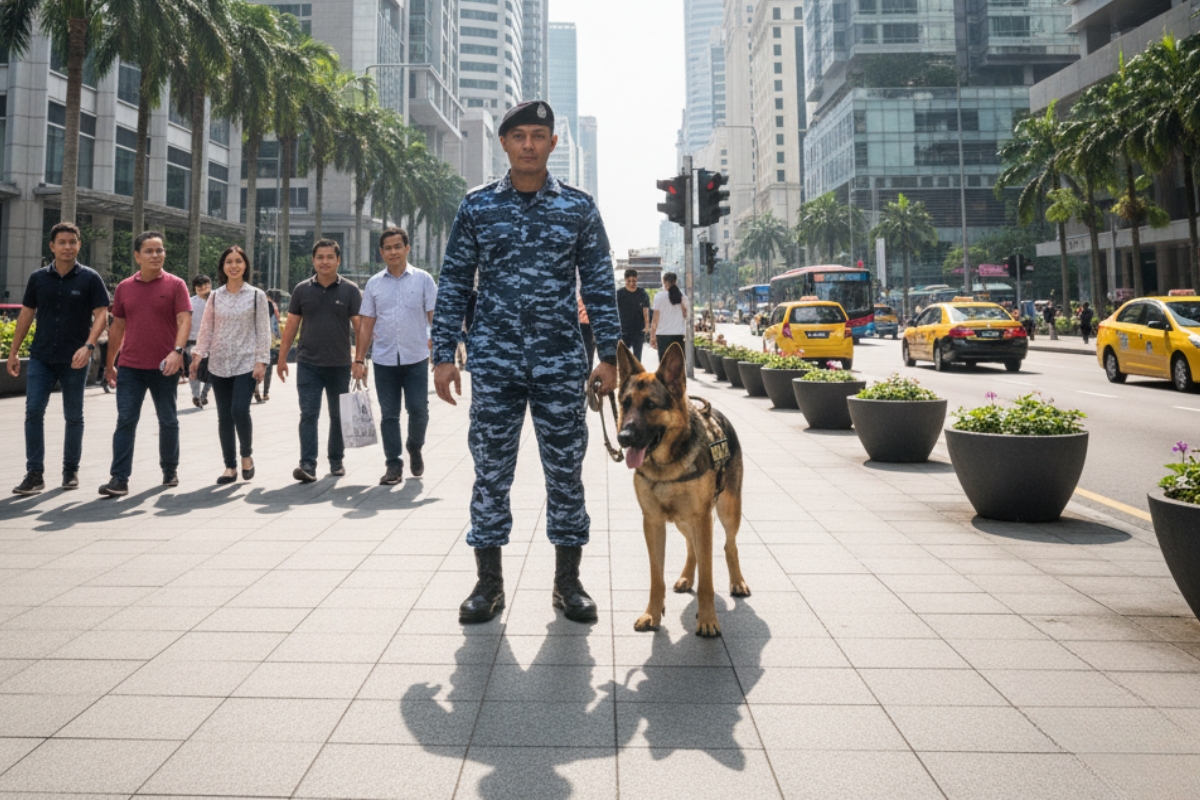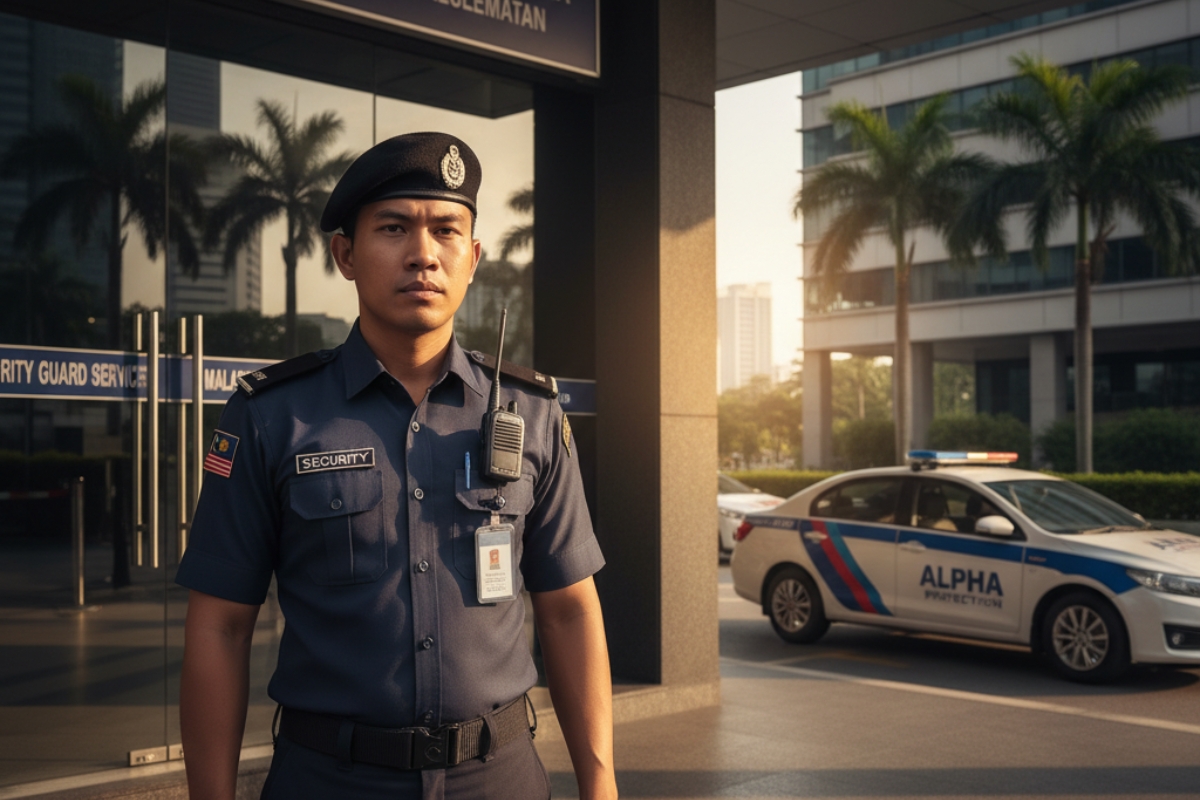The landscape of Malaysia is littered with the ruins of former sentinels against invaders, crumbling walls, weathered cannons and silent forts. Often overshadowed by the modern skyscrapers, these structures contain secrets to the strategies that are still in the cards of today’s security frameworks. Yes, the security force of Malaysia in the 21st century uses sophisticated technology, but the wisdom inscribed in these old stones reminds us that the first principles of progress often involve reusing the wisdom of the past.
The Strategic Legacy of Malaysia’s Forts
In the past, from the musket blasted mangrove fringed coasts of Penang to the jungles of Johor, such forts as Kota Cornwallis and the now ruins of Johor Lama were vital to defending trade routes in the face of invasion and providing protection for the Sovereignty of the Sultanate. Placements of their structures were not by accident — they were built by colonial powers and local sultanates alike. For example, Kota Cornwallis (built late 18th century by British East India Company), located at mouth of Penang River, permitted the British East India Company to monitor marine traffic, as today’s Malaysia’s maritime patrol units defending strategic waterways.
Likewise, Johor’s forts, including Kota Johor Lama, had been planned to withstand invasions from neighboring or European forces. Late, they understood deterrence and the importance of collaboration, which are the principles that still guide the security force of Malaysia.
From Stone Walls to Surveillance Tech: Evolution of Defense
Despite the difference in shift from physical fortifications to digital surveillance, the intended goal remains: Employ early detection and immediate response against threats. Watchtowers and signal fires were the main method that historic forts used to observe the surroundings; modern forts, however, depend more on radar systems and satellite networks that work much more precisely. For example, the same great inclinations towards vigilance saw the once fortified area of Fort Margherita in Sarawak become modernised by real time tracking systems combating piracy – a 21st century echo of past watchful eyes.
The thing of note is that past vulnerabilities dictate present strategies. Isolated garrisons and outdated tactics became common reasons for many forts to fall. Of these pitfalls, modern security frameworks have learned a lesson from history and avoid them by emphasizing interoperability. Like Johor sultanates of 16th century, joint operations between land, sea and air units also meant the covered areas were wide enough.
Community Defense: A Timeless Strategy
One of the most lasting lessons from Malaysia’s forts has been about the making of communities, and communities’ ability to ensure the safeguarding of their own spaces. In the past, local populations were sometimes the first to raise alert for offensive threats. Modern ones such as neighbourhood watch programs where the security force Malaysia (in conjunction with the citizens) report suspicious activities behave in exactly this way.
In fact, this is where the concept of going gotong royong, or community mutual aid, originates. In forts like Kuala Kedah’s Kota Kuala Kedah, in times of a siege, villages around would band together in order to help repair breaches and supply stock up. Today, this spirit becomes disaster preparedness workshops and cybersecurity awareness campaigns, which demonstrate that the responsibility of nation’s safety lives and continues.
Preservation Meets Progress: Why History Matters for Security
Notice: Many forts now are tourist attractions but their reason for existence is more than pure nostalgia. This allows security experts to study past conflicts and adapt strategies and help them study these sites. For instance, the layout of Melaka’s A Famosa shows how choke points and layered defenses did a good job slowing the passage of enemies, a lesson that is used in modern urban security planning of dense cities.
In addition, these sites function as open class rooms. This is especially so when groups of school and history enthusiasts come to visit forts such as Kota Belanda in Lumut, and get to learn about Malaysia’s geopolitical challenges over time. By understanding how former generations managed threats you can get a better understanding for what today’s security force in Malaysia has to contend with.
Conclusion
Malaysia’s forts are themselves blueprints for resilience. The thing they teach us is that security isn’t just about strength, it’s about being an adaptable, technology friendly or community friendly type of thing. While the ethos of the past was all about a collaborative, forward thinking one, this one is still as needed as it was in fighting modern threats like cybercrimes and climate driven disasters.
Visiting these forts for readers is more than a look into history. It gives you a chance to think where every generation adds to the patchwork of a nation’s safety. If Malaysian values the lessons of these structures, they will be able to better assist the security force Malaysia in its mission and persevere that guardianship evident in these ancient structures will carry forward in protect future generations.
Visit a historic fort near you (Kota Belanda near Sungai Dua, Kota Belanda near Kedah Klang, Kota Belanda Medan, Kota Kuala Kedah, or any other old fort) and ponder on the strategic design.
Take part in community safety initiatives with the spirit of collaboration of the past.
Visits to the museums or documentaries to educate the younger generation(s) about Malaysia’s security heritage.













